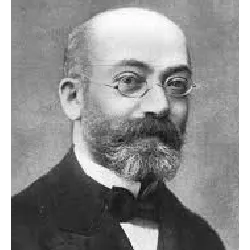Pre-Modernism

Pre-Modernism was a Brazilian literary period that developed between the end of the 19th century and the beginning of the 20th century, serving as a transition between Realism/Naturalism and Modernism. Although not considered an official literary school, the movement brought significant changes in the form and content of literature, paving the way for the aesthetic renewal of 1922.
Marked by a critical view of Brazilian reality, Pre-Modernism highlighted themes such as social marginalization, regionalism and the contradictions of the country after the abolition of slavery. The language became more direct and colloquial, approaching popular orality. Among the main authors, Euclides da Cunha, with Os Sertões (1902), addressed the harsh reality of the Canudos War. Lima Barreto, in Triste Fim de Policarpo Quaresma (1915), criticized society and exaggerated nationalism. Monteiro Lobato highlighted the daily life of the countryside with Urupês (1918).
The historical context of Pre-Modernism was influenced by the beginning of the Old Republic, the growing urbanization and social conflicts. This period prepared the stage for the radical transformation promoted by Modernism, which would break with the academic traditions in Brazilian literature.
Did you know??












